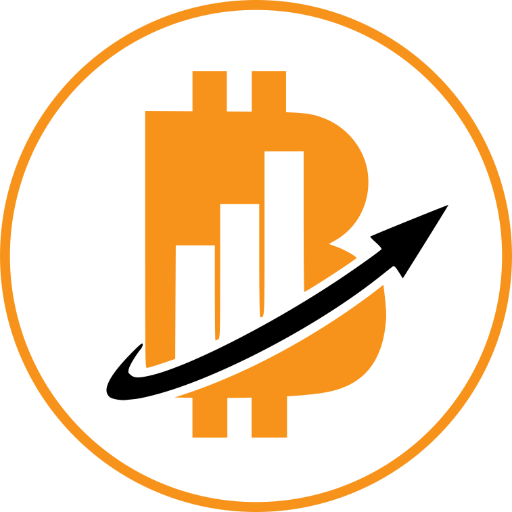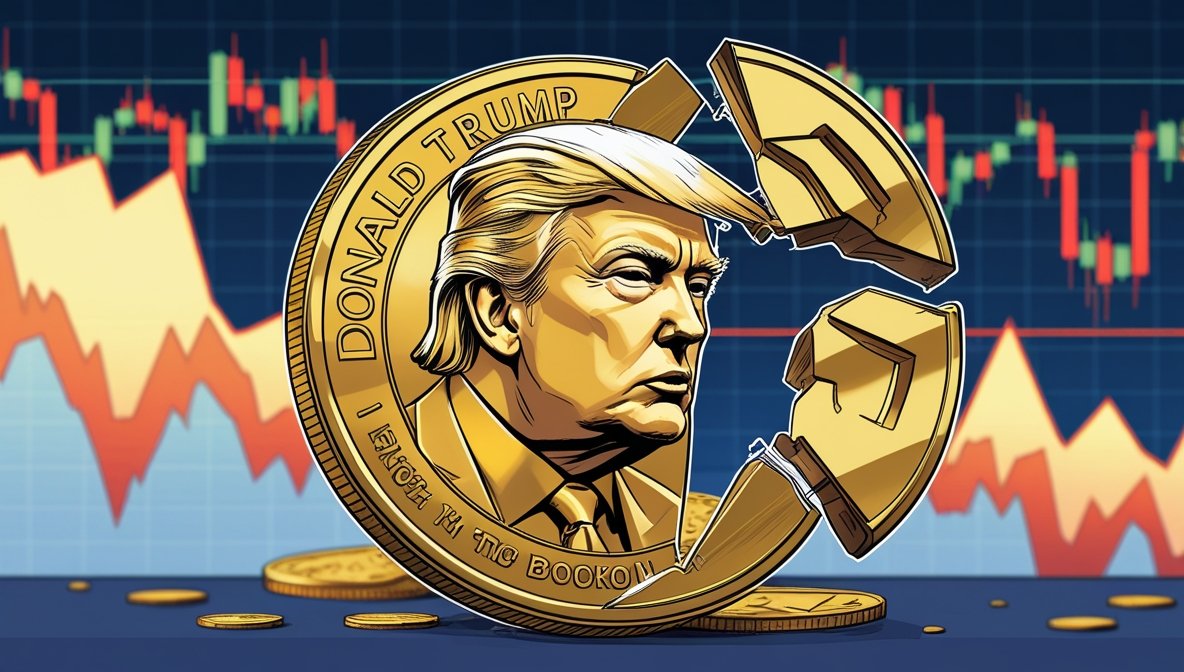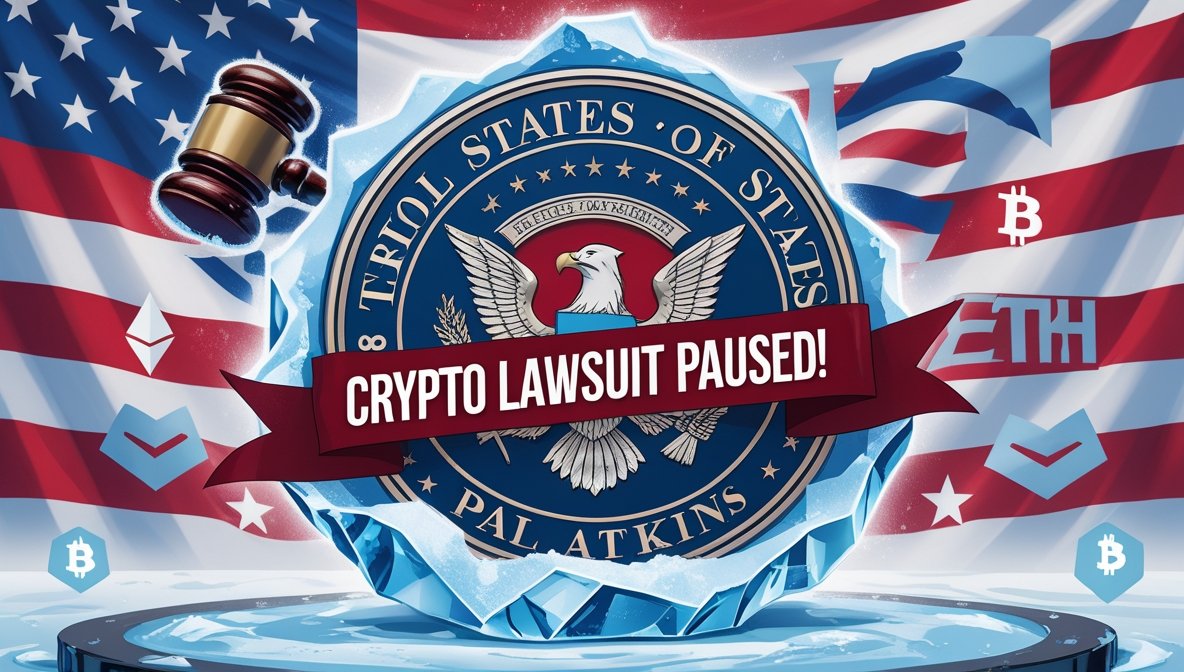XRP’s in the spotlight again, and this time the charts + vibes are straight fire. Analysts are calling for a 70% price pump, and it’s all lined up with Coinbase launching XRP futures today.
XRP Set for 70% Rally as Coinbase Futures Go Live Today
At the moment, Ripple is trading around $2.12, still down from its $3.40 high, but bulls are circling back. The SEC case is in the rearview, and now with the CFTC-approved futures coming in, big money’s eyeing Ripple again.
Chart nerds say Ripple is forming a Wyckoff reaccumulation pattern—aka smart money is scooping up bags quietly. We just saw the “Spring” and “Test” phases, and XRP’s trying to jump across the Creek (yes, that’s a real term lol). If it does, $3.55 is the next big stop.
Also, there’s a falling wedge forming since Feb, and if Ripple can smash past $2.20-$2.40, analysts are seeing a breakout up to $4.00 or even $5.65 in June.
And don’t forget: BTC is in a similar wedge. If Bitcoin pops first, XRP might follow hard.
TL;DR: Charts are bullish, futures are coming, and the Ripple comeback szn might be just getting started.
YOU MIGHT ALSO LIKE: Michael Saylor Acquires Awesome 6,556 More Bitcoins, Total Holdings Soar to 538,200 BTC




















